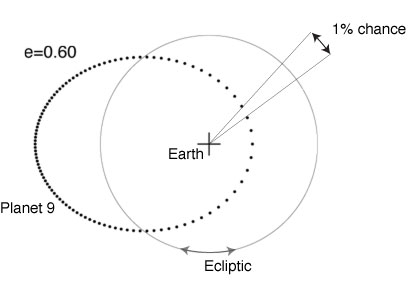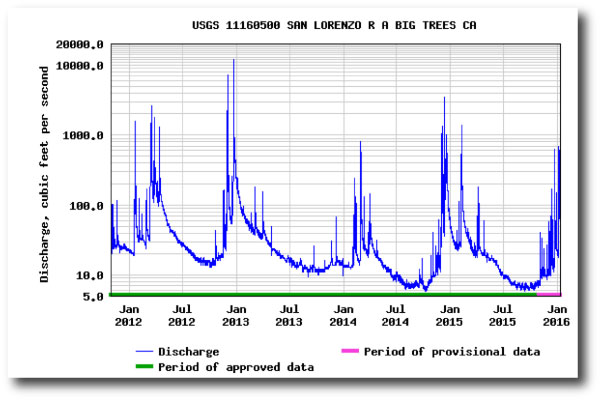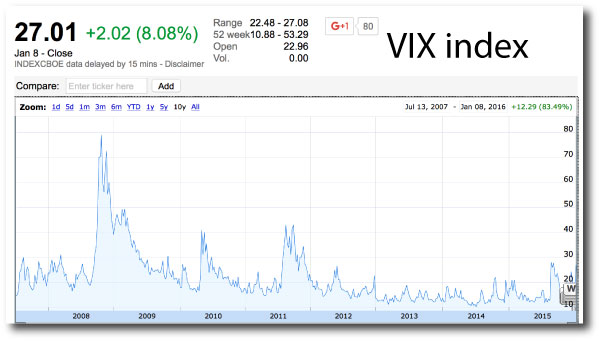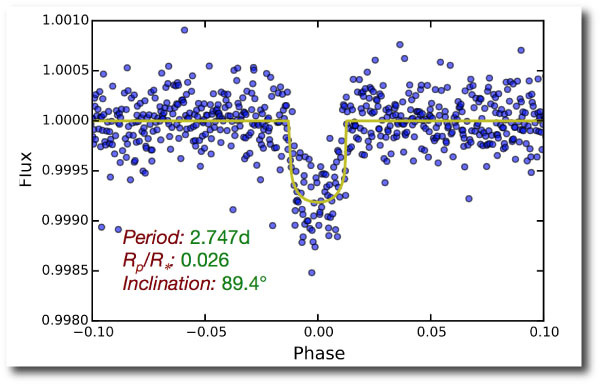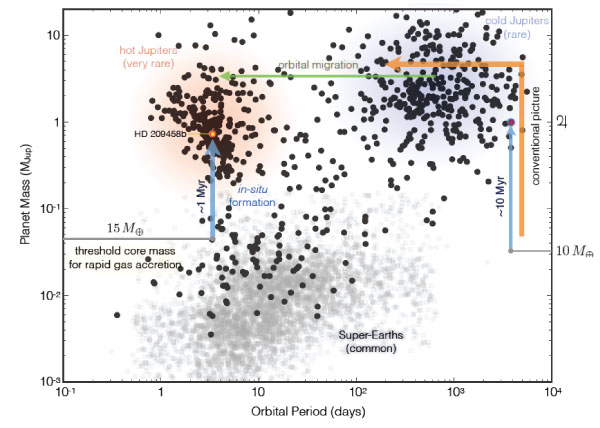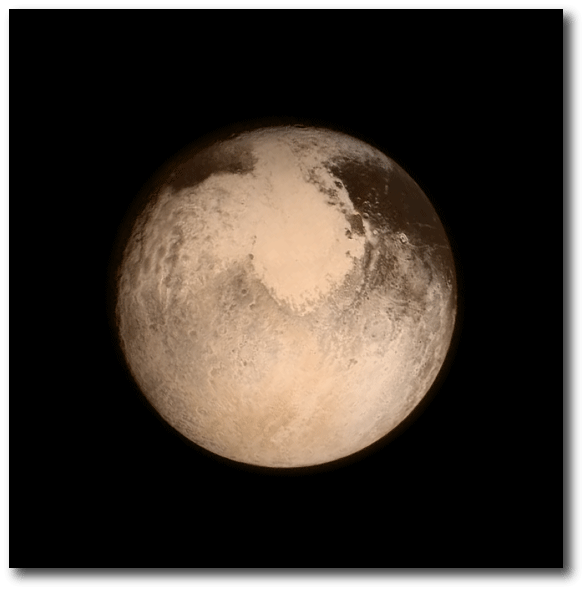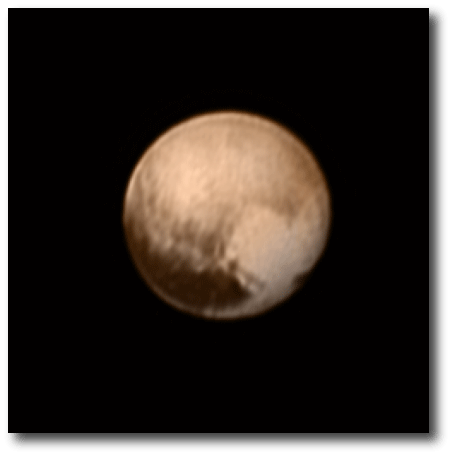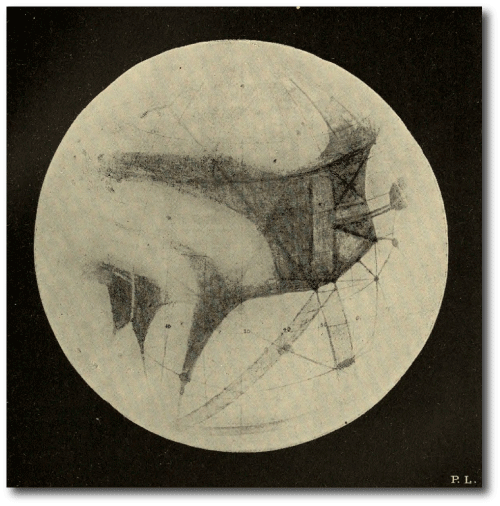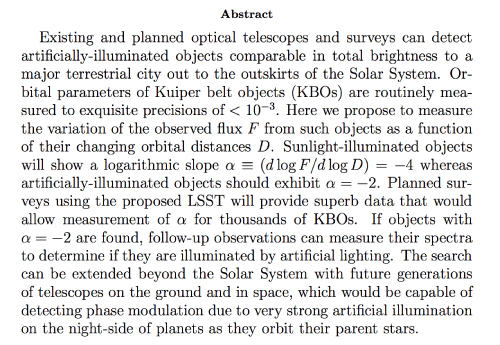I remember the eclipse of February 26th, 1979 very clearly. In Urbana, Illinois, the moon covered 80% of the solar disk. It was a clear sunny day, and the crescent Sun projected magically through a pinhole into the 6th grade classroom.
Later, looking at a map, we noticed with considerable pride that a total eclipse will track over Southern Illinois on August 21, 2017. The date had an unreal, distant, science fiction feel to it.
Anthony recently posted a question on Metaculus that’s provocative, slightly creepy, and seems designed to transcend the day-to-day:
Will there be a total solar eclipse on June 25, 2522?
created by Anthony on Jan 28 2016
According to NASA, the next total solar eclipse over the U.S. will be August 14, 2017. It will cut right through the center of the country, in a swathe from South Carolina to Oregon.
A little over 500 years later, on June 25, 2522, there is predicted to be a nice long (longest of that century) solar eclipse that will pass over Africa.
In terms of astronomy, the 2522 eclipse prediction is nearly as secure at the 2017 one: the primary uncertainty is the exact timing of the eclipse, and stems from uncertainties in the rate of change of Earth’s rotation – but this uncertainty should be of order minutes only.
However, 500 years is a long time for a technological civilization, and if ours survives on this timescale, it could engineer the solar system in various ways and potentially invalidate the assumptions of this prediction. With that in mind:
Will there be a total solar eclipse on June 25, 2522?
For the question to resolve positively, the calendar system used in evaluating the resolution must match the Gregorian calendar system used in the eclipse predictions; the eclipse must be of Sol by a Moon with at least 95% of its original structure by volume unaltered, and must be observable from Earth’s surface, with “Earth” defined by our current Earth with at least 95% of its original structure by volume altered only by natural processes.
What do you think? Head over to Metaculus and make your prediction count.




